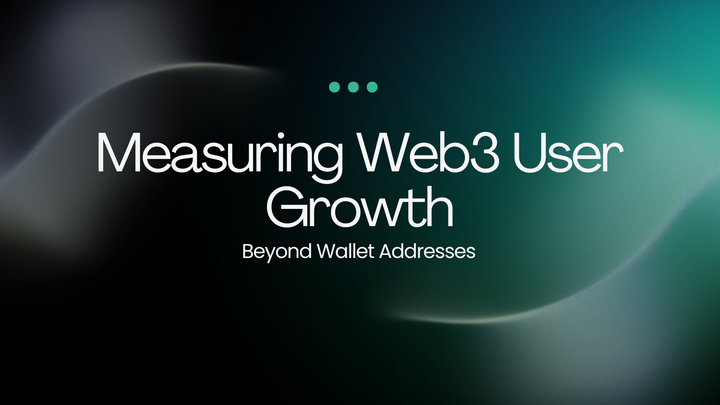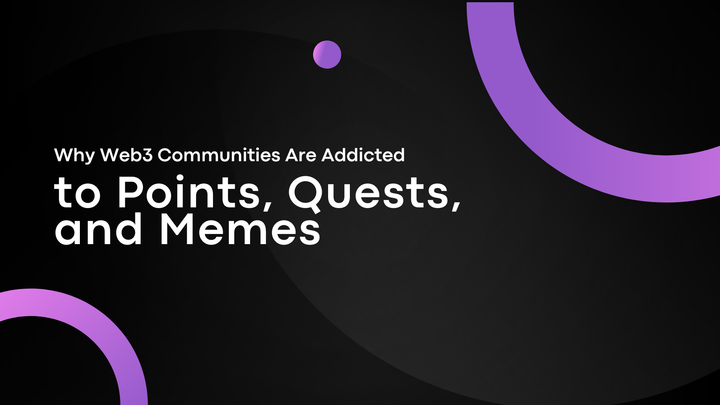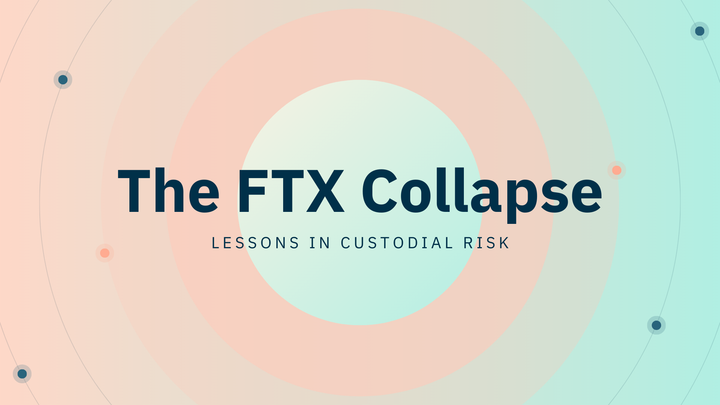Mitosis: A Deep Dive into the Cross-Chain Liquidity Protocol
This article will first provide a comprehensive introduction to the Mitosis protocol and its significance within the modular blockchain ecosystem. It will then delve into the core functionalities of Mitosis, including its Ecosystem Owned Liquidity (EOL) model and the role of miAssets. Following this, the analysis will explore the mechanism of the Morse bridge in facilitating secure cross-chain data and asset transfers. The article will subsequently discuss the capital-efficient design of Mitosis and its potential to enhance liquidity across various DeFi ecosystems. Furthermore, it will examine the governance structure of Mitosis, centered around a Decentralized Autonomous Organization (DAO) for EOL. Finally, the article will highlight the funding, partnerships, and integrations of Mitosis, underscoring its growing influence and potential within the decentralized finance landscape.
Introduction: Unveiling Mitosis
Mitosis represents a novel liquidity protocol specifically designed for the modular blockchain ecosystem, aiming to establish a new, capital-efficient paradigm for cross-chain interoperability. As a Layer 1 blockchain, Mitosis focuses on the concept of Ecosystem Owned Liquidity (EOL) to enhance the functionality and efficiency of Decentralized Finance (DeFi). This article will provide a deep dive into the core features and mechanisms of Mitosis, exploring its potential to reshape cross-chain liquidity management. You can find the official documentation and more details about Mitosis on their GitHub page and their website.
Core Functionalities: EOL and miAssets
A core innovation of Mitosis is its introduction of EOL, a model that empowers its aggregated liquidity with a competitive advantage within the DeFi landscape. Liquidity Providers (LPs) who participate in the Mitosis ecosystem have a direct role in EOL governance, enabling them to influence asset allocation strategies to optimize their returns. To facilitate cross-chain interactions, Mitosis utilizes miAssets, which are cross-chain liquidity tokens issued at a 1:1 ratio to the assets that users deposit. These miAssets enable users to seamlessly engage with various DeFi ecosystems across different blockchain networks and earn revenue from cross-chain transactions.
The Morse Bridge: Enabling Permissionless Interoperability
The secure transfer of data and assets between disparate blockchain networks within the Mitosis framework is facilitated by the Morse bridge, a critical component that underpins permissionless interoperability. The Morse bridge ensures that transactions and information can flow seamlessly and securely between different chains, allowing for a unified and efficient cross-chain experience for users and developers.
Capital Efficiency: Optimizing Liquidity Utilization
Mitosis is specifically engineered to address the challenges of cross-chain liquidity scalability by employing a capital-efficient approach. The miAssets play a key role in this efficiency by allowing for the active utilization of liquidity across multiple DeFi ecosystems, thereby enhancing the potential returns for users. This capital efficiency aims to maximize the utility of deposited assets and improve the overall efficiency of the DeFi space. See https://university.mitosis.org/the-core-concept-of-mitosis-and-its-ecosystem-2/
Governance: The EOL DAO
Governance within the Mitosis ecosystem is structured around a Decentralized Autonomous Organization (DAO) model for EOL. This structure allows smaller liquidity providers to collectively achieve liquidity levels comparable to those of institutional players and to actively participate in decision-making processes regarding asset allocation and protocol development. See https://university.mitosis.org/the-core-concept-of-mitosis-and-its-ecosystem-2/
Funding, Partnerships, and Integrations
Mitosis has successfully secured $7 million in funding, with notable investors including Amber Group and Foresight Ventures serving as lead investors. Furthermore, Mitosis has established strategic partnerships with various decentralized applications (dApps) such as Ether.fi, Symbiotic, and Hyperlane, demonstrating its growing network and influence within the DeFi space. The integration of OKX Wallet with Mitosis further expands its accessibility and utility for users. These developments highlight the strong support and growing adoption of the Mitosis protocol within the blockchain community. You can find announcements about partnerships and integrations on Mitosis's official social media channels and news outlets like Crowdfund Insider.
Conclusion: A Promising Future for Cross-Chain DeFi
The Mitosis protocol presents a compelling solution to the challenges of cross-chain liquidity within the rapidly evolving modular blockchain ecosystem. Its innovative EOL model, efficient use of miAssets, and robust governance structure position it as a potentially significant player in the future of decentralized finance, fostering greater interoperability and capital efficiency across multiple blockchain networks.You



Comments ()